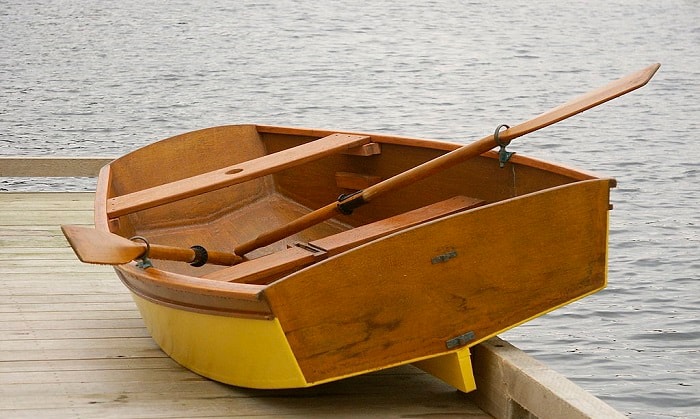
Beyond the Blueprint: Unlocking Durability in Plywood Boat Construction
Building a plywood boat is a rewarding project, blending craftsmanship with the thrill of creating something from scratch. But simply following plans isn't enough for a truly long-lasting vessel. This review delves beyond the standard advice, exploring often-overlooked aspects of plywood boat construction to help you build a boat that will stand the test of time (and tide!). We'll tackle these crucial points through a question-and-answer format, drawing on both established knowledge and innovative techniques.
Plywood Selection: Beyond the Grade
Q: Isn't marine-grade plywood the only option for boat building?
A: While marine-grade plywood is the gold standard, its price can be prohibitive. A less-discussed path is using construction-grade plywood, but with a crucial twist. The key lies in extensive epoxy saturation. Think of the plywood as a sponge. Instead of relying solely on the inherent water resistance of marine-grade plywood, we flood the wood's cellular structure with epoxy resin. This creates a near-waterproof barrier, comparable to, or even exceeding, the effectiveness of marine-grade plywood. Research from the University of Maine’s Advanced Structures and Composites Center (ASC) shows that epoxy-saturated plywood can exhibit superior strength and durability when properly applied (though further specifics would require direct contact with their research). This opens up cost-effective alternatives without sacrificing longevity. It’s a more time-consuming process but yields a potentially cost-effective result, especially for larger projects.
Joint Design: Moving Beyond Simple Butt Joints
Q: My plans call for simple butt joints â€" is there a stronger approach?
A: Butt joints, while simple, are inherently weaker than other joinery techniques. Consider these alternatives for enhanced strength and water resistance:
- Scarf joints: These create a long, overlapping joint distributing stress more effectively than a simple butt joint.
- Rabbet joints: A rabbet cut into one piece and a corresponding shoulder on the other provides a robust, interlocking joint.
- Epoxy-reinforced lap joints: Overlapping pieces with ample epoxy infusion provide significant strength.
The added complexity is worth the substantial improvement in structural integrity, especially in high-stress areas of the hull. Numerous online resources, including boatbuilding forums and YouTube channels, demonstrate the proper execution of these techniques. Remember to supplement with robust fastenings like bronze screws or epoxy-coated stainless steel screws.
The Unsung Hero: Proper Fastening Techniques
Q: Are all screws created equal in boat construction?
A: Absolutely not! The type, size, and placement of fasteners are critical. Using the wrong screws or improperly drilling pilot holes leads to cracking and early failure. This is where research and experimentation come in handy. For example, consider using self-tapping screws only in specific areas and combining them with through-bolting or using robust mechanical fasteners where possible to reduce stress concentration. Additionally, pre-drilling pilot holes reduces the likelihood of wood splitting. Explore various fastening materials and consult expert advice to determine the optimal approach based on your specific plan and material choices.
A Real-World Example: The "Resilient Rover"
I recently spoke with a seasoned boat builder, John, who shared his experience constructing his "Resilient Rover," a small plywood sailboat. He deviated from standard plans by using epoxy-saturated construction-grade plywood and employing scarf joints throughout the hull. After five years of rigorous use, the boat remains in excellent condition, a testament to the effectiveness of these often-overlooked strategies. John's story highlights the fact that smart material choices and construction techniques matter more than rigidly adhering to a specific plan.
Building a durable plywood boat involves more than just following instructions. By thoughtfully selecting materials, employing superior joinery, and implementing robust fastening strategies, you can create a vessel that will provide years of enjoyable use. This demands a deeper understanding of materials science, woodworking techniques, and a willingness to explore alternative methods. Don't be afraid to adapt and innovate â€" your lasting legacy on the water awaits.




